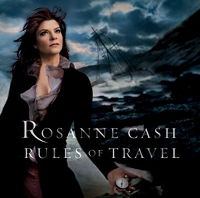Lamm Industries M2.1 monoblock power amplifier Associated Equipment
Lamm Industries M2.1 monoblock power amplifier Associated Equipment
- Read more about Lamm Industries M2.1 monoblock power amplifier Associated Equipment
- Log in or register to post comments

